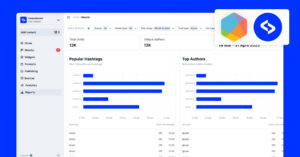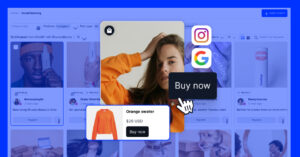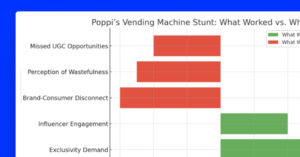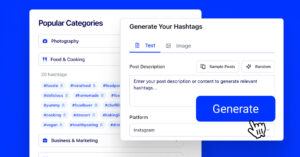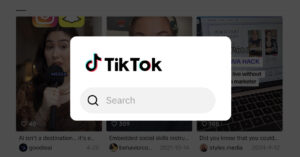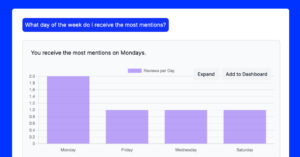Social commerce is the practice of selling products directly through social media platforms—where the entire shopping experience, from discovery to checkout, happens within the social environment. It combines content, community, and commerce into a single, seamless flow powered by user-generated content (UGC), influencer endorsements, and real-time customer engagement.
What is social commerce?
Unlike traditional e-commerce, where social platforms are just traffic sources, social commerce turns them into full-fledged shopping destinations. Customers can browse, engage, and purchase without ever leaving apps like Instagram, TikTok, Facebook, or Pinterest.
Examples of social commerce include:
- Tapping a tagged product in an Instagram Reel and checking out within the app
- Clicking on a TikTok video that links directly to a product page
- Browsing a carousel of embedded shoppable UGC on a Shopify product page
- Purchasing from a Facebook or Pinterest Shop curated with influencer content
Why is social commerce important?
Social commerce reflects how modern consumers discover and evaluate products through peers, creators, and real-time social content. It’s especially valuable for DTC and lifestyle brands that want to reduce the gap between inspiration and purchase.
Key benefits:
- Shorter buying journeys: Customers don’t need to leave the platform to convert
- Higher conversion rates: Authentic content and social proof drive trust
- Scalable content-to-commerce pipelines: Brands can turn UGC discovery into revenue
- Stronger community connection: Social media engagement becomes part of the sales funnel
How social listening powers social commerce
Social commerce thrives on real-time, authentic, and relevant content, and social listening gives you the tools to tap into that content at scale. Here’s how social listening directly supports social commerce:
Discover product-related UGC
Social listening platforms scan millions of public posts to find customer content that features your brand or products, even if it’s not directly tagged. With UGC discovery, you can:
- Automatically collect Instagram Reels, TikToks, and YouTube Shorts featuring your brand
- Identify real customers who are organically talking about their product experiences
- Track campaign-specific hashtags using hashtag tracking
- Surface visuals are perfect for shoppable UGC galleries
This helps you find high-quality content that builds social proof and boosts conversions.
Tag and publish content with product links
Once you’ve discovered valuable UGC, social listening platforms make it easy to repurpose and tag it. For example:
- EmbedSocial syncs your Shopify product catalog and allows you to tag content directly in galleries or widgets
- You can create landing pages or product feeds filled with rights-approved content
- Instagram or TikTok Shopping integrations allow native in-app product tagging
By turning found content into shoppable moments, you bridge discovery and conversion.
Understand what content converts
Not all content drives the same results. With social media content analytics, social listening tools help you track:
- Which UGC or influencer content drives the most clicks or purchases
- What types of visuals (photos vs. videos) perform best
- Which creators have the most influence on sales
- How audience sentiment analysis affects conversion behavior
This allows brands to scale what works—and refine or pause what doesn’t.
Find creators for influencer campaigns
Social commerce doesn’t only rely on paid partnerships—it’s powered by creators who already love your product. With influencer discovery, social listening helps you:
- Identify micro and mid-tier influencers with real brand affinity
- Track how often they mention your brand or products
- Reach out with collaboration or repost opportunities
- Build scalable, authentic influencer campaigns that drive ROI
You no longer need to guess which creators are a good fit—let the data guide you.
Monitor feedback and sentiment in real time
A key advantage of social listening is staying connected to what customers are saying, right now. This allows you to:
- Identify customer pain points or product issues early
- Catch and respond to negative sentiment before it spreads
- Measure customer satisfaction during launches, sales, or viral moments
- Continuously optimize your social commerce strategy with data-backed insights
How to start with social commerce
- Enable product tagging: Set up Instagram Shopping, TikTok Shop, or Facebook Shop.
- Use UGC and influencer content: Leverage authentic posts from influencer campaigns and fans.
- Add shoppable galleries to your store: Use tools like EmbedSocial to connect your Shopify catalog with real content.
- Monitor performance: Track engagement and sales from each channel using analytics dashboards.
- Respond in real time: Use social listening to engage with customers and surface new content.


